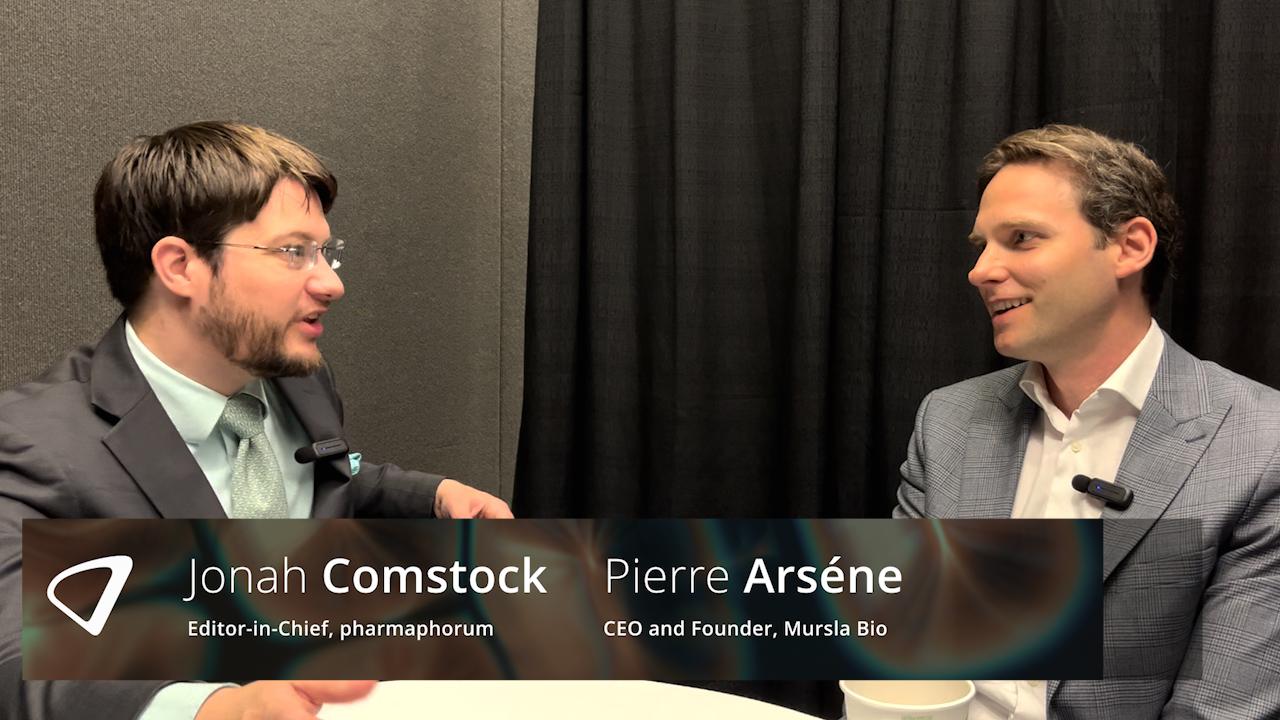Treating pain as a disease and not just a symptom

Alasdair Naylor and Eliot Forster
Solace Pharmaceuticals
The treatment of chronic pain is recognised as one of the largest unmet needs in the medical community. Neuropathic pain, a form of chronic pain, is caused by lesions to the nervous system resulting from trauma/compression, infection, metabolic disease, toxic chemicals, or other insults that generate prolonged abnormal changes in the nervous system function (Costigan et al 2009). Common symptoms of neuropathic pain include spontaneous, burning pain and pain hypersensitivity. This manifests as either an exaggerated response to a mildly painful stimulus (hyperalgesia) or pain resulting from a normally non-painful input (allodynia). Current treatment options remain inadequate either due to low efficacy or significant side effect burden. Over the last 20 years, no new pain targets have been successfully exploited to treat this debilitating condition, despite massive investment from the pharmaceutical industry.
Now is the time to look at pain and its treatment in a different way. Pain is traditionally associated with medical conditions like diabetes, cancer and neurological dysfunction and treatments are largely aimed at symptom relief. As a result, less attention is made to the pathological processes that underlie pain, its initiation and development. Over recent years, it has emerged that damage to peripheral or central nerves results in changes that alter neuronal plasticity and nociceptor pathways, all ultimately responsible for pain and sensory amplification. Furthermore, multiple mechanisms are implicated in the manifestation of neuropathic pain, including genetic and environmental factors, so that identification of novel approaches to treating chronic pain requires careful evaluation of these multiple inputs. The role of glial cells in chronic pain has emerged over the last 10 years and has brought a new level of complexity to pain biology. The knowledge, however, that highly integrated neuro-immune interactions in the central nervous system play a key role in the cellular mechanisms responsible for the development of chronic pain has opened up additional opportunities for new medicines. Mapping a way through these complex processes is essential in the quest for new treatments. Translational research, linking pain in humans to preclinical pain models, is an essential component of drug discovery and should lead to the identification of new medicines to treat this underserved medical need.
These novel insights into pain biology provide some hope in addressing the significant unmet clinical need for safe, effective therapies for chronic pain. The recently discovered link between tetrahydrobiopterin (BH4) synthesis and pain in preclinical models and humans (Tegeder et al 2005) provides a promising new path for treating neuropathic and other forms of chronic pain. The rate limiting enzyme in BH4 synthesis, GTP cyclohydrolase (GCH1), and sepiapterin reductase (SPR) are both highly promising drug targets. Reducing the elevated BH4 levels associated with pain to normal, while maintaining sufficient BH4 levels to limit side effects, is the goal of a discovery programme for novel therapeutics targeting GCH1 or SPR.

Solace Pharmaceuticals believe that this approach to chronic pain can represent the breakthrough eagerly sought by doctors and patients alike and through its partnership with Massachusetts General Hospital in Boston, are pursuing drug discovery programmes against GCH1 and SPR. The underlying rationale for BH4 modulation and pain relief critically includes a genetic translational link between humans and animals (Tegeder et al 2005). As such, this is an excellent example of translational research to support a new pathway in pain biology and to identify novel targets for drug discovery.
Over the coming few years, novel insights into the biology and neuronal processing of pain will create many new approaches to treatment of and, indeed, some of the fundamental ways in which we think about the pathology, of pain.
References:
Costigan M, Scholz J and Woolf CJ. Neuropathic pain: A maladadaptive response of the nervous system to damage. Annual Review of Neuroscience (2009) 32:1-32.
Tegeder I, Costigan M, Griffin RS, Abele A, Belfer I, Schmidt H, Ehnert C, Nejim J, Marian C, Scholz J, Wu T, et al: GTP cyclohydrolase and tetrahydrobiopterin regulate pain sensitivity and persistence. Nature Medicine (2006) 12:1269-1277.
About the authors:
Alasdair Naylor is Head of Research and Eliot Forster is CEO at Solace Pharmaceuticals, based in the UK and the US.
For enquiries please email alasdairnaylor@solacepharma.com or address written correspondance to Solace Pharmaceuticals, 6 Denne Hill Business Centre, Womenswold, Canterbury, Kent CT4 6HD, UK.



